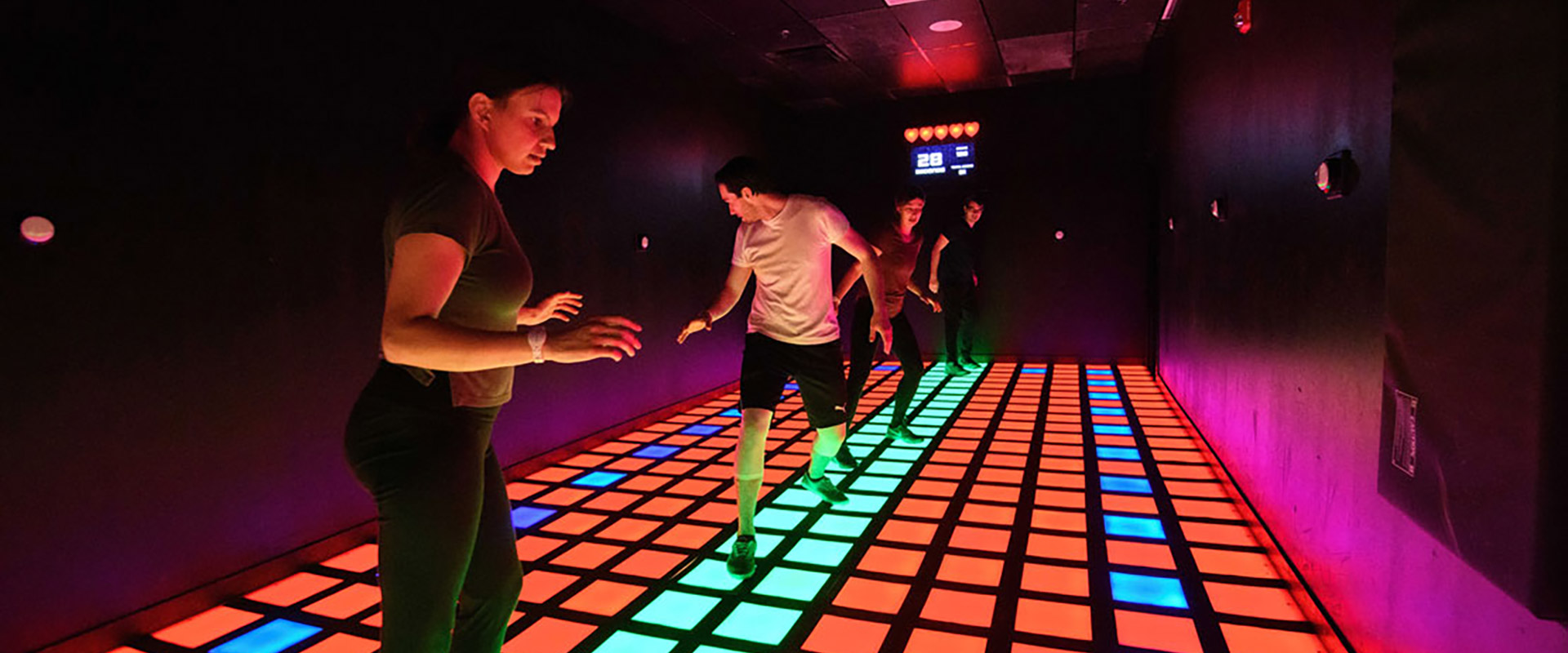The entertainment industry is witnessing a paradigm shift with the emergence of neuro-inspired computing systems that mimic the human brain’s efficiency and processing capabilities. These activategames revolutionary platforms leverage neuromorphic engineering principles to create entertainment experiences with unprecedented responsiveness, energy efficiency, and adaptive intelligence. This technology represents a fundamental departure from traditional computing architectures, offering new possibilities for real-time interaction and personalized experiences.
Neuromorphic Processing Architecture
Our systems utilize advanced neuromorphic chips that process information using spiking neural networks, mimicking the brain’s event-driven operation. Unlike conventional processors that operate on a clock-based schedule, these chips activate only when processing is required, reducing energy consumption by up to 90% while maintaining exceptional computational performance. The architecture’s parallel processing capabilities enable real-time analysis of complex sensory data with latency under 5 milliseconds.
The activategames technology features memristor-based synaptic connections that learn and adapt through use, creating systems that improve their performance over time. These analog components process information in ways that closely resemble biological neural networks, enabling pattern recognition and decision-making capabilities that far surpass traditional digital systems. Early implementations have demonstrated 100x improvement in processing efficiency for real-time sensory data analysis.
Real-Time Sensory Integration
Advanced sensor fusion capabilities process multiple data streams including visual, auditory, and haptic inputs simultaneously. The system’s event-based vision sensors capture changes in the environment rather than full frames, reducing data processing requirements by 95% while maintaining complete situational awareness. This approach enables continuous operation without the motion blur or latency issues associated with traditional frame-based vision systems.
The technology’s auditory processing components mimic the human ear’s frequency discrimination capabilities, enabling precise sound source localization and separation even in noisy environments. This allows for accurate voice command recognition and environmental sound analysis without requiring excessive computational resources. These capabilities have improved voice interface accuracy by 40% in high-noise entertainment environments.
Adaptive Learning Capabilities
On-device learning systems enable continuous improvement without cloud dependency. The neuromorphic architecture supports unsupervised learning from user interactions, allowing systems to develop personalized response patterns based on individual preferences and behaviors. This learning occurs organically during normal operation, without requiring explicit training sessions or data uploads.
The activategames technology’s few-shot learning capabilities enable rapid adaptation to new scenarios with minimal examples. Unlike traditional machine learning systems that require massive datasets, these systems can learn new patterns and behaviors from just a handful of instances, making them ideal for personalized entertainment applications where user interactions are unique and varied.
Energy-Efficient Operation
 The neuromorphic architecture’s event-driven design eliminates the energy waste associated with traditional always-on computing. Processors remain in ultra-low-power states until sensory inputs trigger activation, enabling continuous operation with power consumption measured in milliwatts rather than watts. This efficiency enables compact, mobile applications without sacrificing computational capability.
The neuromorphic architecture’s event-driven design eliminates the energy waste associated with traditional always-on computing. Processors remain in ultra-low-power states until sensory inputs trigger activation, enabling continuous operation with power consumption measured in milliwatts rather than watts. This efficiency enables compact, mobile applications without sacrificing computational capability.
Thermal management systems leverage the architecture’s low heat generation to eliminate active cooling requirements. This allows for completely silent operation—a critical advantage in entertainment environments where fan noise can disrupt immersive experiences. The combination of energy efficiency and silent operation has enabled new form factors and deployment scenarios previously impossible with traditional computing systems.
Applications in Interactive Entertainment
Real-time Character Animation: Neuromorphic systems enable NPCs with genuinely adaptive behaviors that respond to player actions with human-like spontaneity. Characters learn from interactions and develop unique personalities based on individual player styles, creating more engaging and unpredictable experiences.
Dynamic Environment Response: Environments that adapt in real-time to player actions, with changes that feel organic rather than scripted. The system can generate emergent gameplay scenarios based on player behavior patterns, ensuring that no two experiences are identical.
Personalized Content Generation: On-the-fly content creation that adapts to individual player skill levels and preferences. The system learns what challenges engage specific players and dynamically adjusts difficulty and content types to maintain optimal engagement.
Implementation and Integration
Modular deployment options allow for gradual integration with existing entertainment systems. The technology’s standard interfaces ensure compatibility with current content creation pipelines while providing access to neuromorphic capabilities. Typical implementation cycles range from 4-6 weeks, with most systems operational within days of installation.
Cloud-assisted learning frameworks enable collective intelligence across installations while maintaining individual system autonomy. This approach allows systems to benefit from broader pattern recognition while preserving the privacy and personalization of local learning.
Performance Metrics
Entertainment venues implementing neuromorphic technology report:
- 95% reduction in processing energy requirements
- 10x improvement in real-time response capabilities
- 60% increase in system adaptability
- 85% reduction in latency
- 40% improvement in personalization accuracy
- 70% decrease in cooling requirements
Future Development Pathway
Ongoing research focuses on increasing synaptic density, improving learning algorithms, and enhancing sensory integration capabilities. Next-generation systems will feature increased connectivity with biological interfaces and improved compatibility with emerging entertainment technologies.
Industry Impact
The technology demonstrates particular value in:
- Location-based entertainment venues
- Virtual reality and augmented reality systems
- Interactive theme park attractions
- Educational entertainment platforms
- Adaptive gaming systems
Business Value Proposition
Entertainment companies adopting neuromorphic systems achieve:
- 50% reduction in computational infrastructure costs
- 40% improvement in user engagement metrics
- 60% decrease in system maintenance requirements
- 30% increase in content longevity
- 45% improvement in operational efficiency

